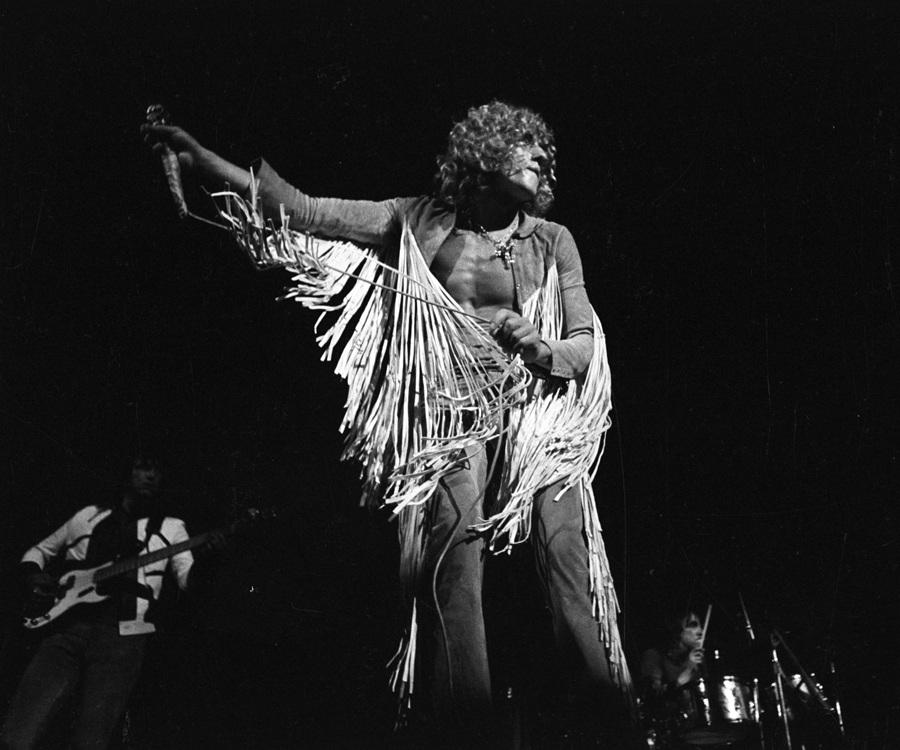To help mark the release of the Woodstock stamp this week, here are six facts about the landmark 1969 music festival.
1. A dairy farmer saved Woodstock. Festival producers planned to hold the event in Wallkill, NY — near the town of Woodstock, NY — but Wallkill officials changed their minds and passed a law preventing the gathering from being held on their land. One month before the August start date, a dairy farmer named Max Yasgur offered 600 acres of farmland in Bethel, NY. And so the show went on.
2. Woodstock wasn’t supposed to be free. Attendees began arriving days earlier than expected for the event, which was officially called the Woodstock Art and Music Festival. Ticket booths, along with gates, fencing and bathroom and medical facilities, were inadequate. With no efficient way to charge concertgoers, festival producers decided at the last minute to make it a free event.
3. The crowd far exceeded expectations. Planners expected about 50,000 people to attend Woodstock, but learned days before the event to expect twice that number. By the end of the four-day festival, an estimated 1 million people had traveled to Bethel, with about 500,000 entering the venue site.
4. The festival defined a generation. The phrase “Woodstock generation” came to symbolize the festival’s young attendees and performers and the “peace and love” movement that began in response to a turbulent decade of unrest.
5. Hollywood loves Woodstock. Forget Fyre; no music festival has inspired more films than Woodstock. The 1970 documentary “Woodstock” received an Academy Award. Another movie, “Taking Woodstock,” was released in 2009 and explores how the festival came to Bethel. Meanwhile, “Woodstock: Three Days That Defined a Generation,” a PBS “American Experience” documentary, is slated to debut Tuesday, Aug. 6.
6. The festival’s legacy endures. The Bethel Woods Center for the Arts now sits on the festival site and hosts outdoor concerts, festivals and a 1960s-themed museum. Popular musicians have played at the center, including some who performed at Woodstock, such as Crosby, Stills, Nash and Young; Santana; and Joe Cocker.
